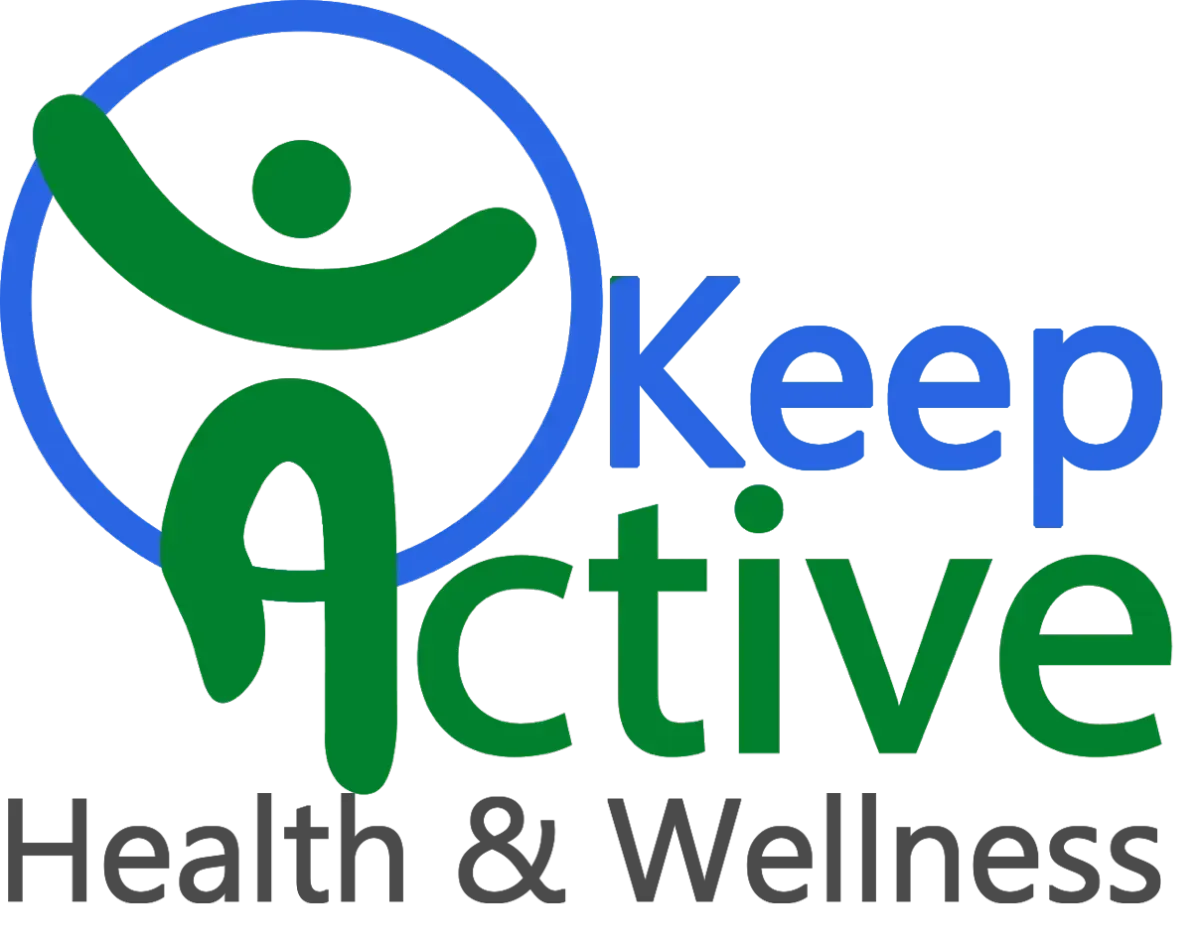PRP Injection.
Boost healing naturally,
recover faster!
PRP Injections use your body’s own platelets to accelerate healing and repair tissues naturally.
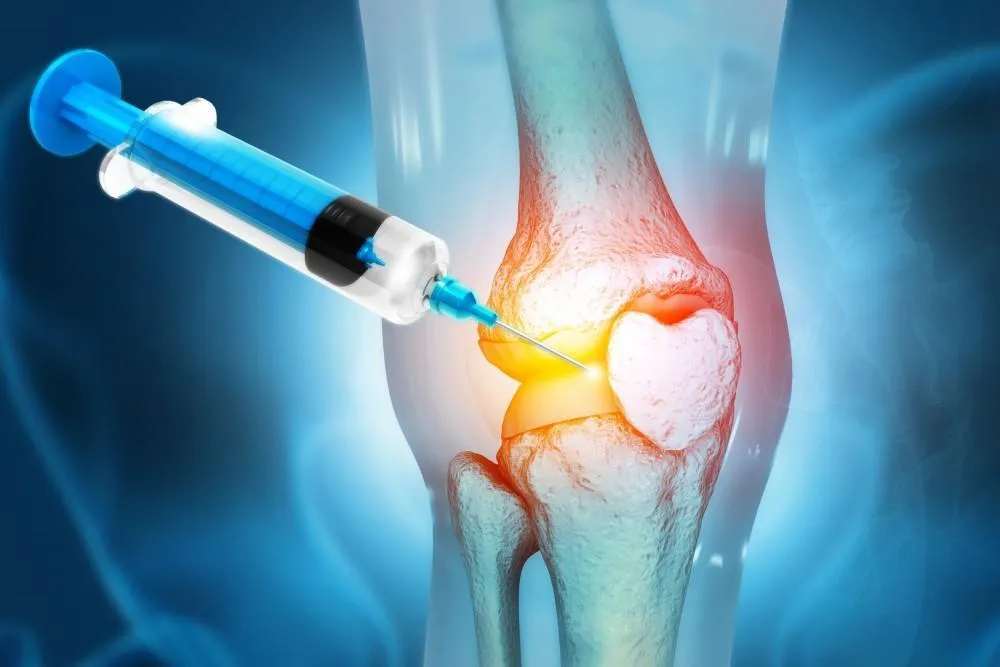
"Appointment was on time and office was very clean. Staff was very friendly."
-mojo yolo (Verified Customer)

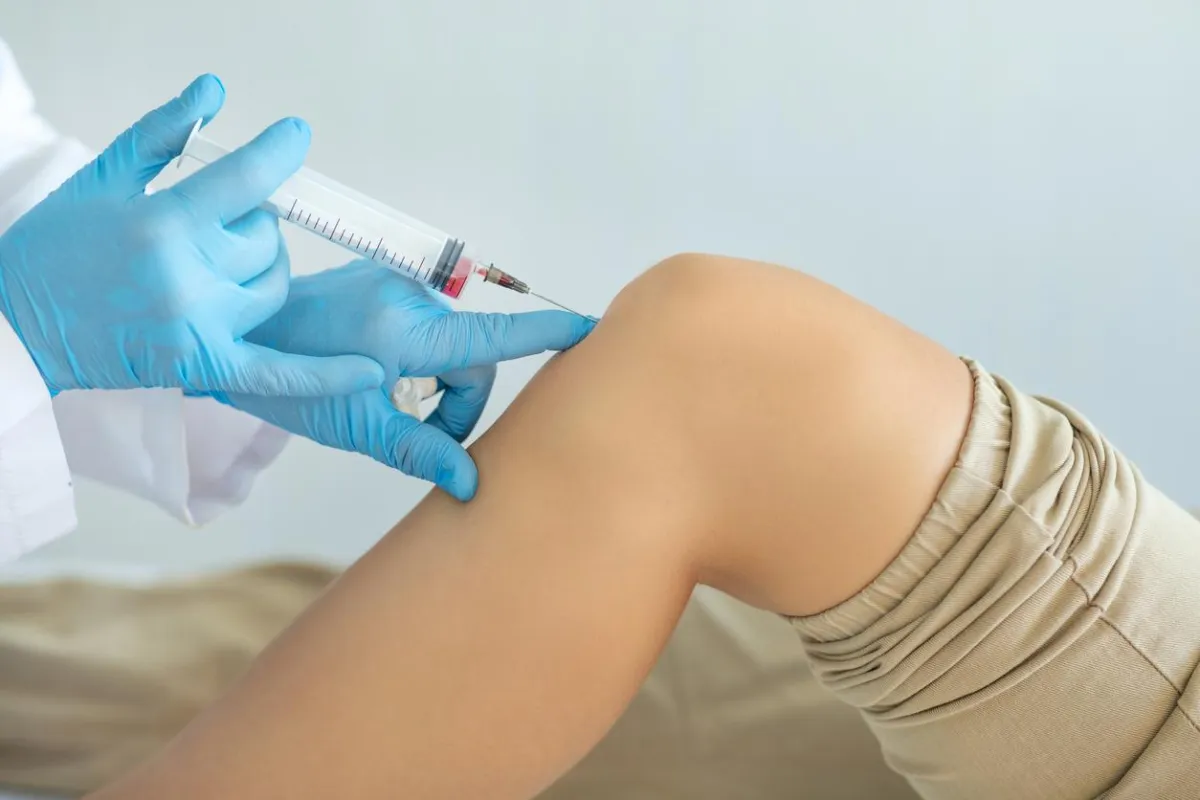
"I had a recent excellent experience 🤓 this center was awesome."
-John Wilkinson Jr (Verified Customer)


"I live this place. I come back after a year!"
-Maria Elizabeth Cepeda (Verified Customer)


"Very amazing and professional place."
-Charity Oates (Verified Customer)

What is PRP Injection?
A PRP (Platelet-Rich Plasma) injection uses a small amount of your own blood, which is processed to concentrate the platelets. These platelets are then injected into an injured or damaged area to promote faster healing and tissue repair.
Key Benefits.
PRP injections boost your body's natural healing, reduce pain, and speed up recovery. They also support tissue repair and improve joint, muscle, and tendon health with minimal downtime.
Who Would Use This?
People with injuries, joint pain, or chronic conditions like arthritis would use PRP injections. It's great for athletes, those recovering from surgery, or anyone looking to speed up healing naturally.
Common Applications.
Common applications of PRP injections include treating joint pain, tendon injuries, muscle strains, arthritis, and promoting post-surgery recovery. It’s also used for skin rejuvenation and hair loss treatments.
Experience.
The PRP injection experience starts with a simple blood draw, which is then processed to concentrate the platelets. The PRP is injected into the targeted area, with most sessions lasting about 30-60 minutes. Recovery is quick, and many people feel relief and improved healing soon after.
Results.
PRP injections result in faster healing, reduced pain, and improved tissue repair. Over time, people often notice better joint function, less inflammation, and a quicker recovery from injuries or conditions like arthritis.
Once platelets are in the area that’s being treated, they break down and release growth factors, which are compounds that help cells repair and renew. This is thought to trigger your body’s healing process.
What is in a PRP Injection?
Plasma is the liquid part of your blood that’s mostly made of water and protein. It lets red and white blood cells and platelets move through your bloodstream. Platelets are a type of blood cell that makes your blood clot. They also play a role in healing.
Doctors may use platelet-rich plasma (PRP) on injuries or damage to tendons, ligaments, muscles, joints, and skin.
To collect plasma, a doctor draws blood from your body and uses a machine to separate the platelet-rich plasma from the rest of the blood. Then the doctor numbs the area of your body being treated with PRP injections. Once you’re numb, the doctor uses a needle to inject your plasma into the area of your body being treated.

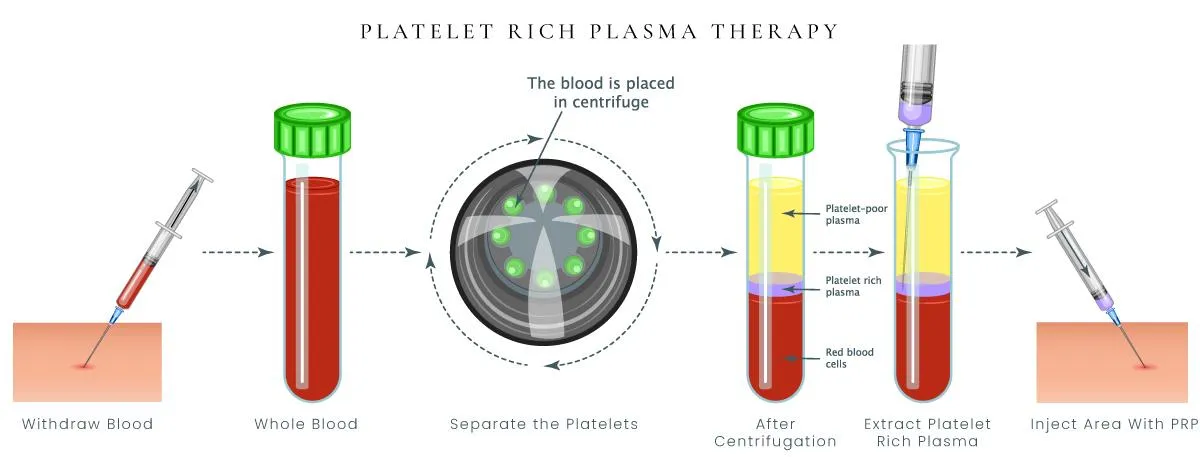

Conditions For Treatment
PRP injections are used to treat torn tendons, tendinitis, muscle injuries, arthritis-related pain, and joint injuries. They’re becoming more common for cosmetic procedures, too.
For example, dermatologists and hair replacement experts use PRP injections to treat a type of hair loss called androgenic alopecia, also known as male or female pattern baldness, which affects men and women. And some dermatologists provide PRP treatments for the face. (You may have heard these called a “vampire facial.”)
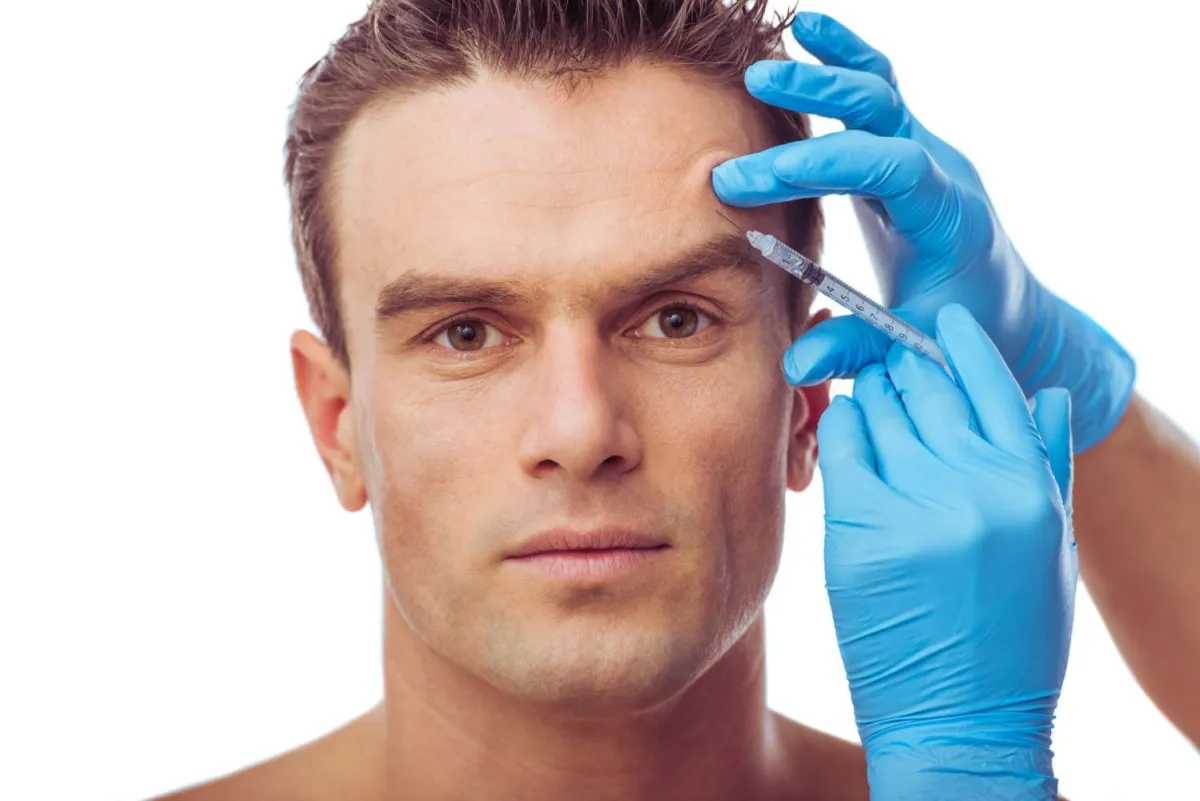
Do Platelet-Rich Plasma Injections Work?
More studies are needed to see what conditions PRP can work on. So far, research shows that it speeds healing after injury or surgery for certain conditions, like torn tendons.
In addition to helping injured tissue heal, some studies show PRP injections curb pain and boost mobility for people with rotator cuff injuries. PRP injections appear to reduce hair loss in people with male or female pattern baldness. But it’s not clear whether facial PRP injections ease visible signs of aging, like wrinkles and sagging skin.
It can take several weeks for PRP injections to start working. For some conditions, particularly those affecting the hair or the skin, it may take up to 6 months to notice the full effects. For some conditions, including hair loss, you may need to repeat the procedure to maintain the results.
Do Platelet-Rich Plasma Injections Work?
More studies are needed to see what conditions PRP can work on. So far, research shows that it speeds healing after injury or surgery for certain conditions, like torn tendons.
In addition to helping injured tissue heal, some studies show PRP injections curb pain and boost mobility for people with rotator cuff injuries. PRP injections appear to reduce hair loss in people with male or female pattern baldness. But it’s not clear whether facial PRP injections ease visible signs of aging, like wrinkles and sagging skin.
It can take several weeks for PRP injections to start working. For some conditions, particularly those affecting the hair or the skin, it may take up to 6 months to notice the full effects. For some conditions, including hair loss, you may need to repeat the procedure to maintain the results.
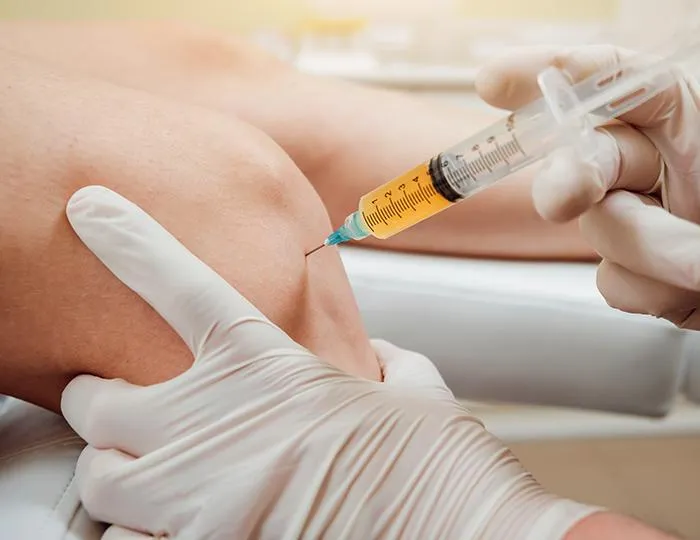
Hi, we are Keep Active Health & Wellness! We provide personalized care with services like Weight Loss Programs, IV Therapy, Hormone Replacement, Aestetic services, and more. Visit us at our clinic to start your wellness journey. Our team is here to safely boost your confidence, health, and vitality so you can look and feel your best!
4117 Plank Rd, Fredericksburg, VA 22407
healthy@keepactivehealthandwellness.com
Hours: Mon-Fri 9 AM-7 PM, Sat 9 AM-3 PM
© 2024 | Keep Active Health & Wellness | All Rights Reserved

